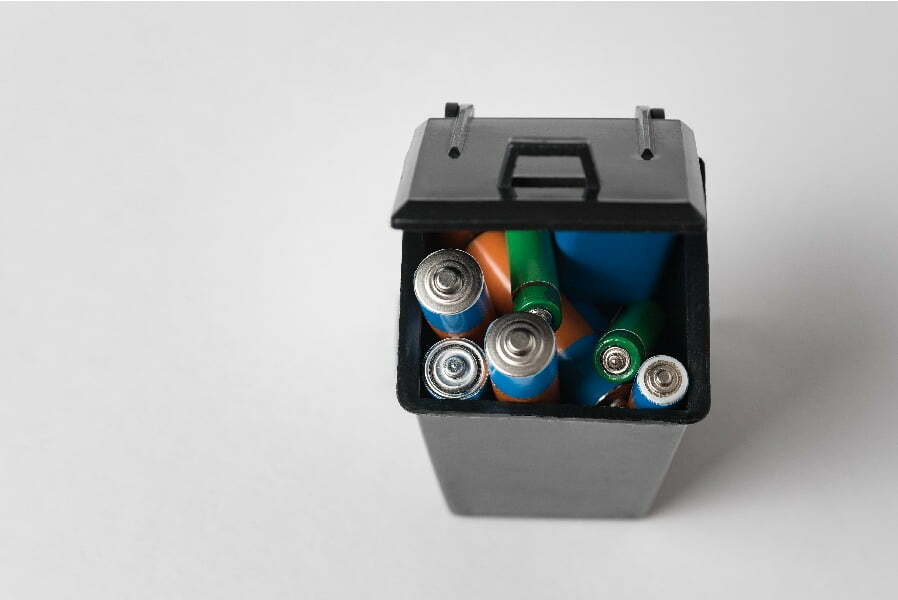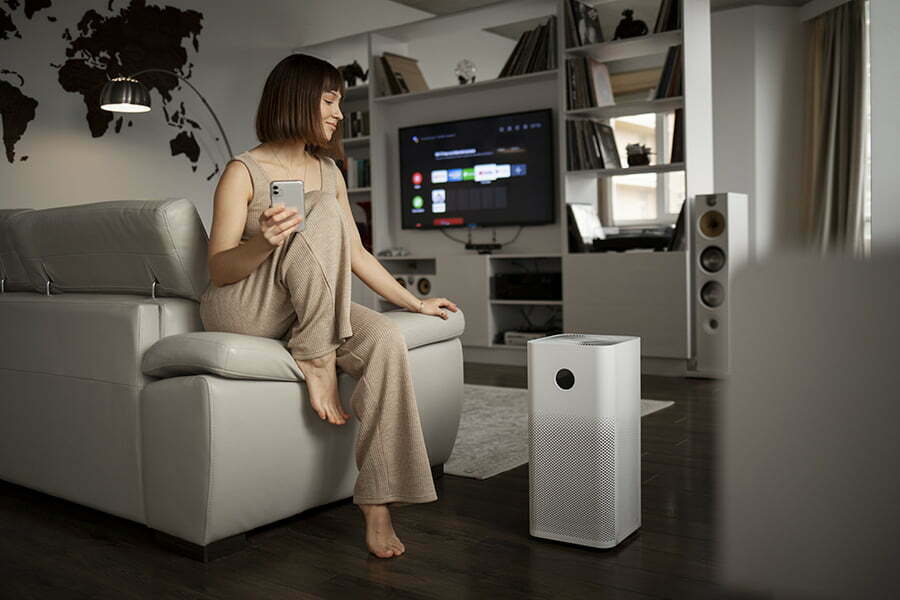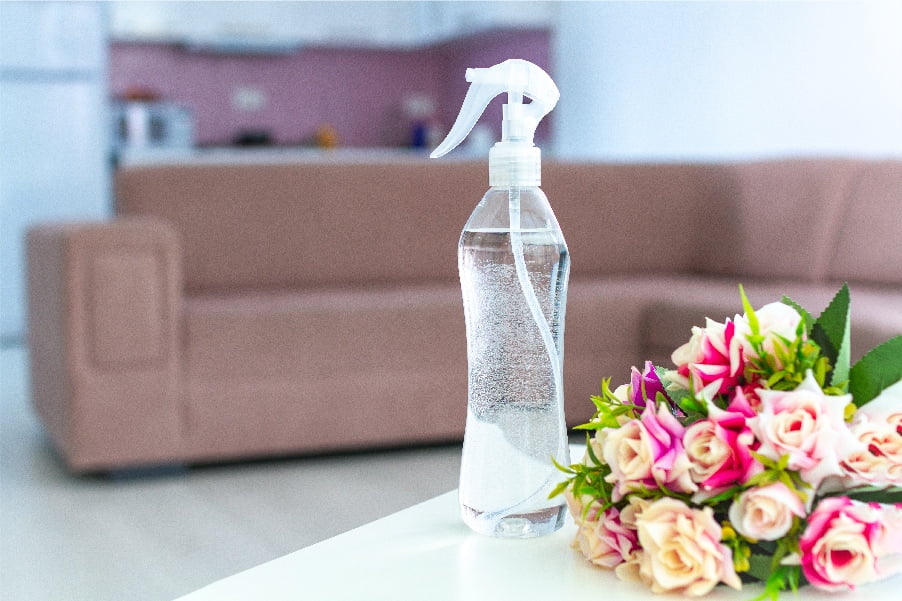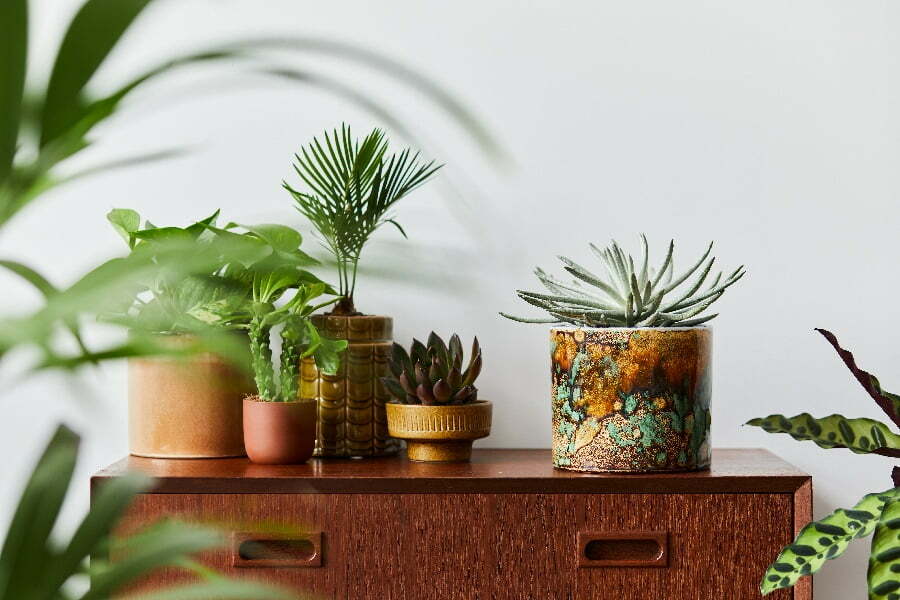Outdoor pollen can significantly impact indoor air quality during allergy season, as it can be carried indoors on clothing, pets, and through open windows and doors.
Pollen particles in the air can cause allergy symptoms such as sneezing, coughing, watery eyes, and a runny nose. To reduce the amount of pollen indoors during allergy season, it is recommended to keep windows closed when possible and to regularly clean surfaces with a damp cloth.
As allergy season approaches, many of us are wondering how outdoor pollen can affect our indoor air quality. With the right precautions, it’s possible to reduce the amount of pollen that enters your home and keep your indoor air quality safe and comfortable.
In this blog post, we’ll explore how outdoor pollen can affect indoor air quality during allergy season and what steps you can take to reduce its impact.
Pollen Count

During allergy season, outdoor pollen can have a significant impact on indoor air quality. Pollen counts are typically higher during spring and summer months when plants are in bloom and releasing their pollen into the atmosphere.
As this pollen drifts indoors, it can cause allergic reactions for those with sensitivities to certain types of pollens. High levels of outdoor pollen can also reduce indoor air quality by increasing dust, mold spores, and other allergens that may be present in the home or workplace environment.
To help reduce exposure to these allergens, it is important to monitor local pollen counts and take steps to minimize contact with outdoor sources of airborne particles such as keeping windows closed or using an air purifier indoors.
Air Filtration Systems
These systems work by trapping airborne particles, such as pollen, in a filter and preventing them from entering the home. The filters can be changed regularly to ensure that they remain effective at capturing allergens and other pollutants.
Some air filtration systems also use ultraviolet light or ozone generators to further reduce the amount of allergens in the air. By using an air filtration system, homeowners can reduce their exposure to outdoor pollen and improve their indoor air quality during allergy season.
Air Purifiers
During allergy season, outdoor pollen can easily enter the home through open windows or doors and settle in the air. Air purifiers work by drawing in contaminated air and passing it through a filter that traps these particles before releasing clean air back into the room.
This process helps reduce levels of pollen indoors, improving overall indoor air quality for those suffering from allergies.
Windows and Doors
During allergy season, when pollen levels are high, these openings can allow large amounts of allergens to enter a home or building. This can significantly reduce indoor air quality and cause discomfort for those with allergies.
To prevent this from happening, it is important to keep windows and doors closed as much as possible during peak pollen times. Using air filters in doorways or installing screens on windows can help reduce the amount of pollen entering an indoor space.
Ventilation Systems
These systems help to reduce the amount of outdoor pollen that enters a home or building by filtering and circulating the air. By using a ventilation system, allergens such as pollen can be removed from the air before they enter the living space, reducing exposure to these irritants and improving indoor air quality.
Ventilation systems can also help to reduce humidity levels which can further improve comfort for those with allergies.
Humidity Levels
High humidity levels can cause pollen to remain suspended in the air for longer periods of time, making it easier for people with allergies to breathe them in. On the other hand, low humidity levels can cause pollen particles to become dry and brittle, which makes them more likely to be inhaled by people with allergies.
High humidity levels can also increase the amount of mold spores present indoors, which is another common allergen that can worsen symptoms during allergy season. Therefore, it is important to maintain a comfortable level of humidity indoors during this time of year in order to reduce exposure to allergens and improve indoor air quality.
Allergen-proof Bedding and Furniture Covers
These covers are designed to be impermeable, meaning they block out allergens like pollen from entering your home. They can be placed on beds, couches, chairs, and other furniture pieces in order to create a barrier between the outdoor environment and your indoor living space.
This helps keep allergens from settling into fabrics or upholstery where they can easily become airborne when disturbed. Allergen-proof bedding and furniture covers also help reduce dust mites which can trigger allergies as well as asthma attacks.
By using these products you can help improve the air quality in your home during allergy season so that you can breathe easier and enjoy life more comfortably.




